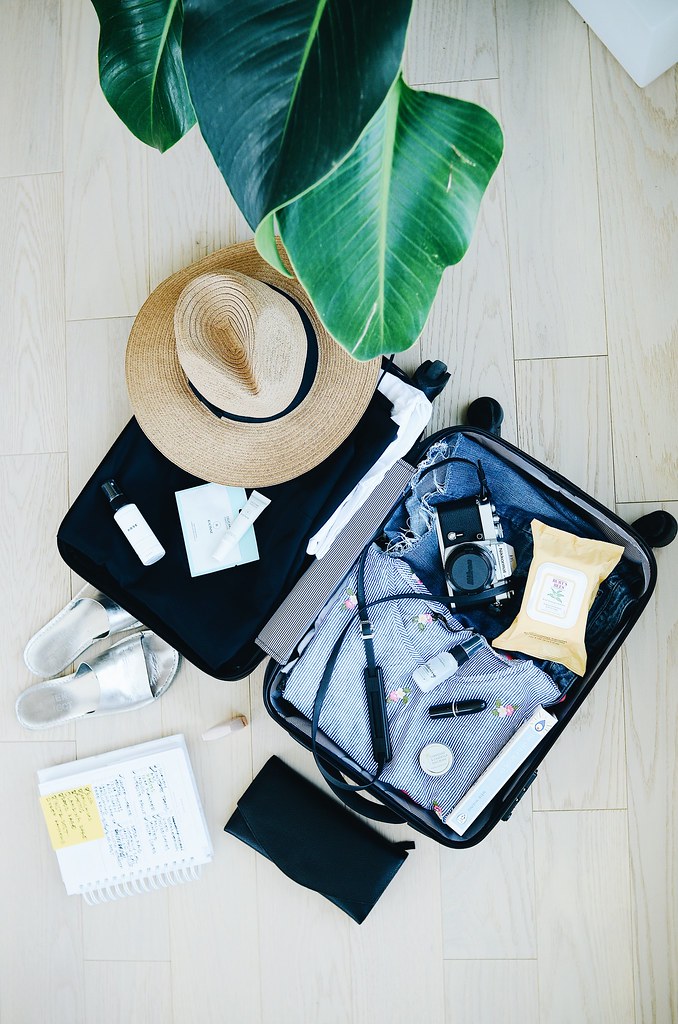East Africa Safari Packing List – What to Bring for Your African Adventure
Packing for an East African safari is as much an art as it is a necessity. From the savannahs of Kenya and Tanzania to the misty forests of Uganda and Rwanda, your safari gear should balance comfort, practicality, and respect for the wild. The goal is to travel light, stay comfortable in varying climates, and be ready for every adventure—from gorilla trekking in the mountains to sunset drives across the Serengeti plains.
Clothing – Comfort, Layers, and Neutral Tones
The African bush is all about blending in, so earthy tones like khaki, beige, olive, and light brown are best. Avoid bright colors and camouflage prints (the latter is restricted in some countries). Pack lightweight, breathable fabrics that protect against the sun by day and insects by night.
Morning and evening drives can be chilly, so layering is essential. Include a warm fleece or jacket for dawn and dusk safaris, and a light raincoat or poncho for unexpected showers.
Your essential clothing checklist includes:
-
2–3 pairs of lightweight safari trousers or zip-off pants.
-
2–3 breathable shirts (long-sleeved preferred for sun and insect protection).
-
1–2 T-shirts for casual wear around lodges.
-
A warm fleece or pullover.
-
A light waterproof jacket or windbreaker.
-
A wide-brimmed hat for sun protection.
-
A buff or scarf (useful against dust or chill).
-
Comfortable shorts for midday relaxation.
-
Underwear and sleepwear.
-
Swimwear if your lodge or camp has a pool.
For gorilla or chimpanzee trekking in Uganda or Rwanda, add:
-
Sturdy hiking boots with good grip.
-
Long trekking socks (tuck your trousers in to avoid safari ants).
-
Gaiters for muddy or slippery forest trails.
-
Gardening gloves to grip vegetation during steep climbs.
Footwear – For Every Step of the Journey
A pair of sturdy, closed shoes or hiking boots is a must for bush walks and forest treks. For casual use around camp, bring a pair of lightweight sandals or flip-flops. Ensure your main safari shoes are well broken in before your trip to avoid blisters.
Accessories – Practical and Protective
The African sun and dust can be harsh, so protect yourself wisely. Sunglasses with UV protection, sunscreen (SPF 30+), and lip balm are essential. A small daypack is perfect for carrying your camera, water, and personal items during excursions. Don’t forget insect repellent containing DEET or picaridin for mosquito protection, especially during evenings.
Other essentials include:
-
Refillable water bottle (preferably insulated).
-
Binoculars for wildlife viewing.
-
Flashlight or headlamp with extra batteries.
-
Universal travel adaptor.
-
Portable power bank for charging cameras or phones.
-
Wet wipes and hand sanitizer.
-
Ziplock bags for protecting electronics and documents from dust or moisture.
Travel Documents – Keep Them Handy
Carry your passport (with valid visa where applicable), flight tickets, and copies of all travel documents. Keep them in a waterproof pouch or organizer. A copy of your travel insurance, vaccination certificate (especially for yellow fever), and emergency contacts should also be included.
Health & Hygiene Essentials
East Africa’s remote lodges and bush camps are often far from shops, so bring your personal toiletries and a basic medical kit. Include any prescribed medication, plus painkillers, antihistamines, plasters, rehydration salts, and motion sickness tablets.
For trekkers, pack knee supports or walking sticks if needed. Mosquito nets are provided in most lodges, but having a travel-sized repellent spray ensures added protection.
Photography & Tech Gear
A safari is incomplete without capturing the beauty around you. Bring a good-quality camera with extra memory cards and batteries. If you’re using a smartphone, consider a power bank and a lens attachment for better zoom. For bird watchers, binoculars or a spotting scope can make all the difference.
Recommended gear includes:
-
DSLR or mirrorless camera with zoom lens (70–300mm ideal).
-
Extra batteries and memory cards.
-
Camera cleaning kit (dust is common in the bush).
-
Lightweight tripod or monopod.
Optional but Useful Items
Some extras can elevate your comfort and convenience:
-
Travel journal to record your safari memories.
-
Compact field guide for birds or mammals.
-
Reusable shopping bag for small purchases.
-
Snacks or energy bars for long drives.
-
Travel pillow and eye mask for flights or road trips.
Packing Tips – Travel Smart, Travel Light
Soft duffel bags are preferred over hard suitcases, especially for small safari aircraft with limited luggage space (usually 15–20kg including hand luggage). Pack versatile items that can be mixed and matched. Most lodges offer laundry services, so there’s no need to overpack.
Finally, remember that every safari destination has its own rhythm—whether it’s the cool highlands of Uganda, the arid plains of Tarangire, or the humid forests of Volcanoes National Park. Pack with flexibility and a sense of adventure, and you’ll be ready for every moment East Africa has to offer.





